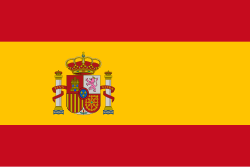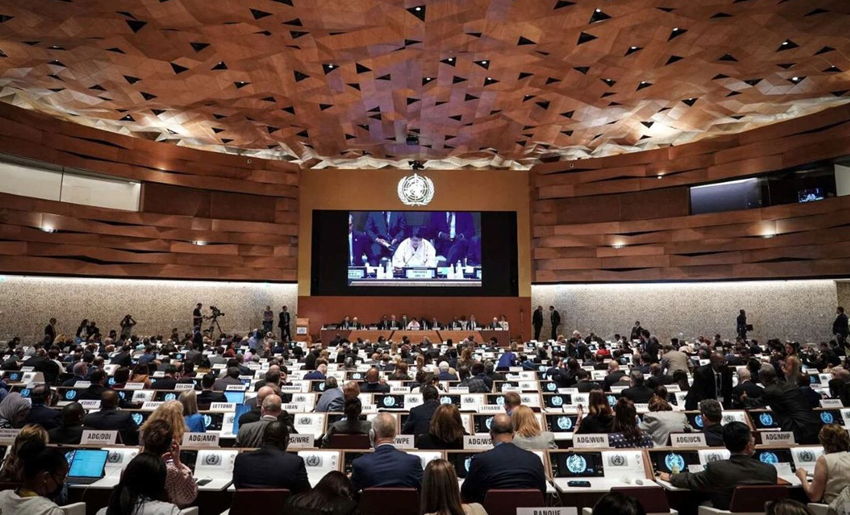The 78th World Health Assembly begins this May 19th in Geneva. Focusing on the approval of more than 40 resolutions, including the Treaty on Future Pandemics.
Under the slogan A World United for Health. The program for the event, which runs until May 27th. Includes the delegates, gathered at the Palais des Nations. Debating the proposed program budget 2026-2027, aligned with WHO’s 14th General Program of Work. The organization’s global health strategy for the period 2025-2028.
In addition, decisions will be made on priorities such as cervical cancer elimination, lung and kidney health, rare diseases, imaging capacity, skin diseases, traditional medicine, lead exposure, health financing and antimicrobial resistance.
More than 190 countries approved the text of the Treaty on Pandemic Prevention, Preparedness and Response just a month ago as part of the World Health Organization (WHO) negotiations.
This treaty will help better coordination among countries and a more equitable sharing of available resources to deal with the next pandemic. Which scientists have warned will occur sooner or later with some new pathogen.
After three years of intense negotiations, WHO members took a major step forward in efforts to make the world safer from pandemics by forging a draft agreement for consideration at the World Health Assembly in May. The organization said in a first reaction.
The idea, launched in December 2020, the first year of the pandemic, was endorsed by WHO Director-General Tedros Adhanom Ghebreyesus and shortly thereafter the organization’s member states approved the start of negotiations and gave themselves until 2024 to complete them. Although they had to extend that deadline by another year.
In WHO’s view, the treaty is supported by historical and epidemiological evidence. It is certain that the Covid-19 pandemic will not be the last, and it believes that an international treaty would help to better prepare the world for future pandemics.
Pandemics are a threat to societies and economies, and cooperation and solidarity are required to combat them. Along these lines, the objective of the agreement is to improve prevention. Preparedness and response to health emergencies of such magnitude, the text stresses.
According to the agreement, the treaty states that the signatory countries must strengthen their early warning and identification systems for new zoonotic diseases (those transmitted from animals to humans) and strengthen biosecurity in laboratories.
It also establishes a new access and benefit-sharing mechanism for pathogens shared in an existing system managed by WHO.
A decision-making body of WHO, the World Health Assembly is attended by delegations from all WHO Member States.
Its main functions are to determine policies, appoint the Director-General. Oversee financial policies, and review and approve the proposed program and budget.
With information from Prensa Latina
Translated by Aliani Rojas Fernández
- Acinox in Holguin Expands Product Sales - 28 de November de 2025
- The University of Medical Sciences Receive an Excellence Accreditation - 28 de November de 2025
- A Happy and Fulfilled Woman in the Laboratory - 28 de November de 2025

